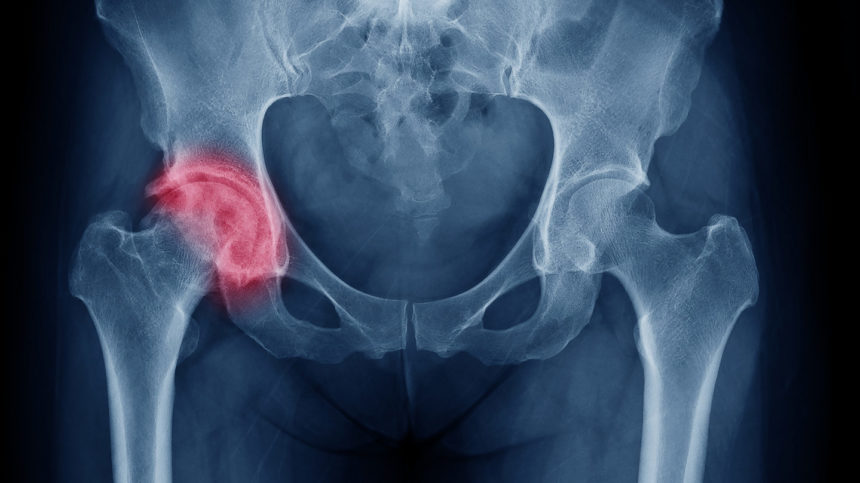
Men are often not considered when it comes to osteoporosis treatment, and clinicians should monitor their male patients for medication adherence, an updated review of the most recent studies reveals.
Men are less likely to sustain a fragility fracture than women due to overall stronger bone mass. But men experience more secondary osteoporosis (unrelated to aging) than women and higher mortality after a bone break, according to Tatiane Vilaca, Ph.D., and colleagues from the University of Sheffield in the United Kingdom.
Despite the mortality risk, men are also less likely to receive bone health testing or treatment after a fracture, according to the authors. One study found the proportions of those tested and treated to be 6% when compared to 12% among women.
What’s more, when men are prescribed anti-osteoporosis medications, they often stop taking them, investigators said. Oral bisphosphonates, for example, are the most prescribed bone health treatment, but adherence at one year is only 54% to 71%. Failure to take 80% of the medication is associated with increased fracture risk.
That said, the risk factors for fracture in men are similar to those in women.They can therefore benefit from advice regarding a protective diet that includes adequate calcium, protein and vitamin D intake, Vilaca and colleagues concluded. They should also be counseled about the benefits of regular exercise and avoidance of smoking or excessive alcohol consumption, the authors wrote.
Full findings were published in the Lancet, Diabetes & Endocrinology.




